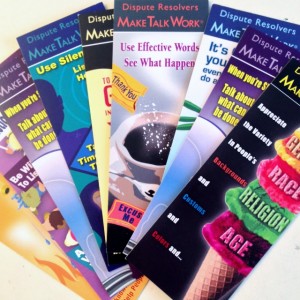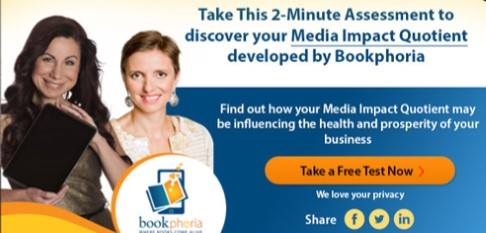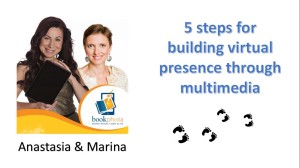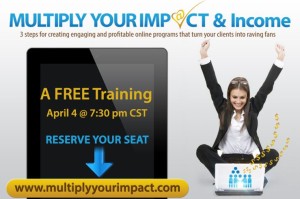7 ways speakers can use transmedia to grow and engage their audience
 Technology offers speakers, authors and experts an opportunity to spread their messages across multiple media channels. A skillful pairing of content with a virtual platform can unfold your story further and create a unique experience for your audience. I described the concept of transmedia that uses technology and community engagement to create multi-dimensional stories in my previous blog post.
Technology offers speakers, authors and experts an opportunity to spread their messages across multiple media channels. A skillful pairing of content with a virtual platform can unfold your story further and create a unique experience for your audience. I described the concept of transmedia that uses technology and community engagement to create multi-dimensional stories in my previous blog post.
Speakers can leverage cross-media platforms to increase the impact of their narratives. Here are 7 ways you can use transmedia to grow and engage your audience:
1. Create a series of comics with the main characters of your story that expand on the material in your presentation. For example, if you chose to edit out certain parts of your presentation, you can bring them back in the comics format. Invite your audience to subscribe to your virtual comics series to call back to and further unfold your presentation ideas so that your audience could continue learning from you through the comics updates.
2. Develop an assessment based on your expert content that allows your audience to identify their avatar, or type, and guide them to the content that is custom-designed for their specific avatars. Your audience will be more likely to engage with the material that they find relevant to their needs. You can generate a QR code that will take your audience to the assessment and include it in your printed materials to distribute during live presentations.
3. Create an animation or a scenario-based video to illustrate one of the main points in your presentation. Check out this beautifully animated RSA Short, in which Dr. Brené Brown explains empathy. You can use such animations in workshops, webinars and your own marketing.
4. Use art, illustrations, and props to present your ideas. Here is how Brad Heckman used his own drawing during his TEDx Talk on Mindfulness in the Midst of Conflict at Columbia Teachers College, which is now available in the video format.
5. Develop a blog series based on your expert content. Such blog series can include the background information about your characters, visual representations of the scenes from your stories, audience surveys, puzzles and other game elements, quests and challenges that encourage your audience to participate and offer rewards to active community members. You can invite the audience to apply the strategies you share to various scenarios introduced through such blog series.
6. Design physical artifacts based on your presentation content, such as postcards, bookmarks, stickers, pins, and calendars with your quotes. You can distribute them at your live presentations or include them with your speaker package for event planners. You can invite your audience to recreate unique elements of your expert content as drawings, clay figures or origami during your workshops and use them as anchors to improve the recall of the material.
7. Collect brief opinions, testimonials or comments from your audience by using video-sharing applications, such as Instagram or Vine. Feature them with the participants’ permission on your blog as a way to promote your presentations and workshops or generate a discussion about a particular topic.
These are just some possibilities of how your story can be told in different formats across multiple platforms. We can help you bring your own transmedia project to reality through Bookphoria multimedia solutions. Apply for our free exploratory session to learn more at
http://bookphoria.com/register-for-your-complimentary-consultation/







